
Manis Kumar Raha

Showing all 11 books
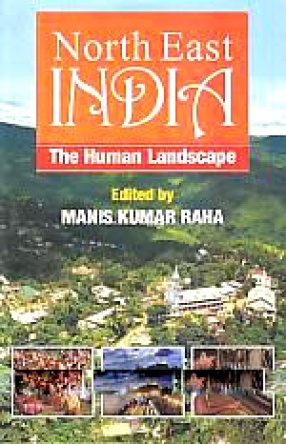
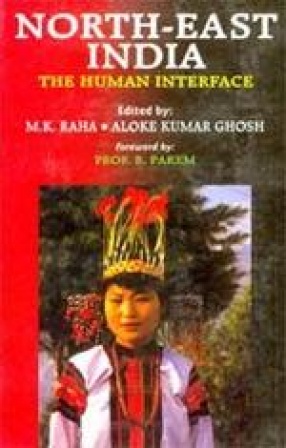

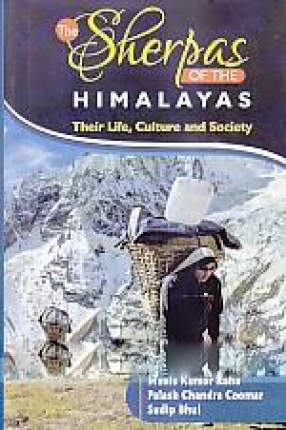

This compendium of thirty articles seeks to examine the important aspects of the economic and social life of some ethnic groups in North East India. It brings forth the bio-demographic pattern of the ethnic groups and their different ethnicities, identities, genetical make-up and political and religious systems of the region.
It discusses at length the tribal situation, status of education and globalization, societal development, effect of migration on ...
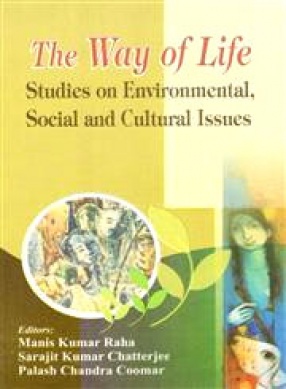
In this book we have included a total of eighteen articles we have distributed these articles in three parts. Part one includes four articles on environment forest and forest movements while part two includes seven articles on different social issues. Part three covers of remaining seven articles cultural issues. These eighteen articles show varied aspects of human environment society and culture. Though there are innumerable variations but we have tried to show ...
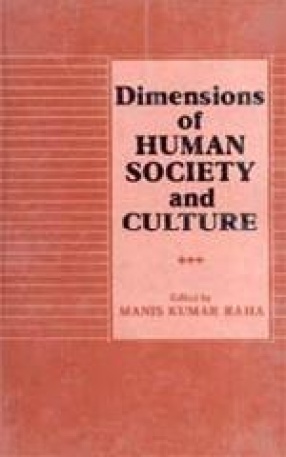
This planet, the home of humankind, has given shelter to 550 crores of human beings who reside in different ecological conditions in all the five continents. They have a varied occupational pattern ranging from the most 'backward' hunting and collection to the most sophisticated professions of the modern world. they live in different types of society with different ethnic situations, having different social structures, different rites de passages, ...
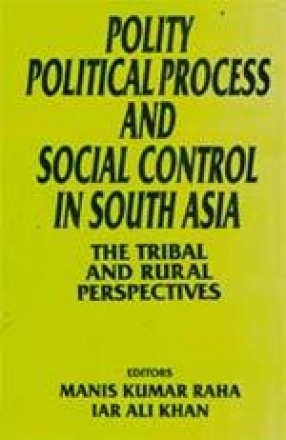
The South Asian Tribal and rural societies are characterized by traditional, hereditary political structure. But a new political system is emerging with the new leadership. The upsurge of socio-political movements have varying magnitude and objectives as reflected in the articles of the volume. But it is like an old wine with a new label as it is observed that the authority in the emerging political system is occupied by the ‘old guys’ (leaders) of the ...
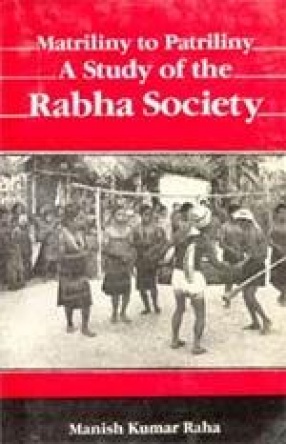
The Rabha society in West Bengal which had a matrilineal base in the past, started changing when they came in constant contact with different patrilineal people, particularly the Rajbansis. Various other factors like the heavy influx of the refugees modern education, modern communication, modern legislation, market and cash economy etc. had a tremendous impact on the Rabhas, particularly on those who live in the multi-ethnic villages. But a section of these ...

The North-East India, India’s north-eastern part, which is constituted seven states, namely, Arunachal Pradesh, Assam, Manipur, Meghalaya, Mizoram, Nagaland and Tripura, is popularly known as Seven Sisters. In this region a large number of ethnic groups with varied ethnicity and genetic make up live. They have different types of settlements, different livelihood patterns, different social structures, life-cycle patterns, different systems of social control, ...


India is a vast country where a large number of 'communities' or 'ethnic groups' are found to live. They inhabit in the high Himalayas, in the plains and also in the islands. The present book highlights different aspects of culture of some of these 'communities' or 'ethnic groups' inhabiting the Himalayan region, in the central and eastern parts of India and also in the Andaman and Nicobar islands. The readers of this book will have a good idea about the people ...
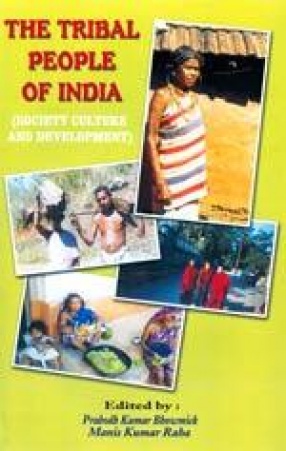
India has a substantial number of tribal population distributed in different states and union territories. They live in different ecological settings and have different cultural patterns, different economy, different social organizations, and systems of social control. They have embraced different religious beliefs and practices. They have their own health-care system. Though all these distinct cultural patterns have made them distinct, still their contact with ...
